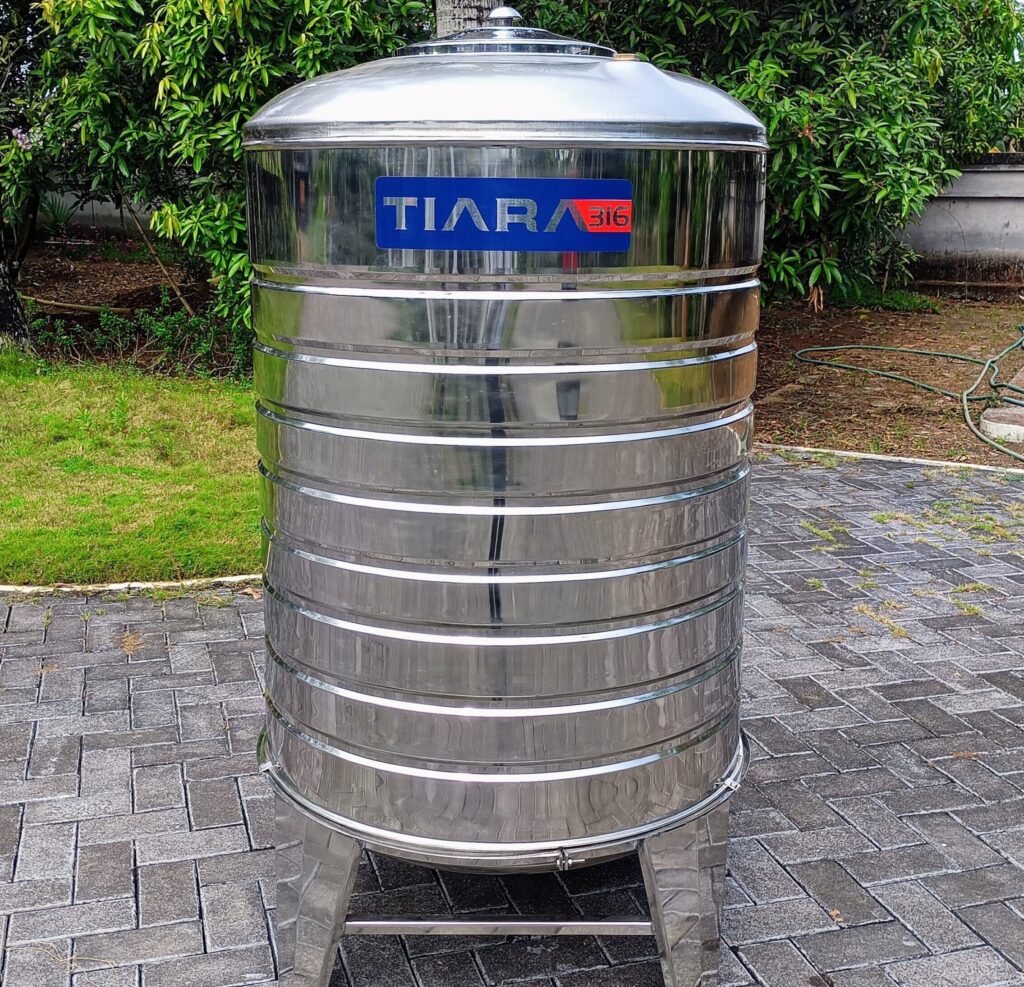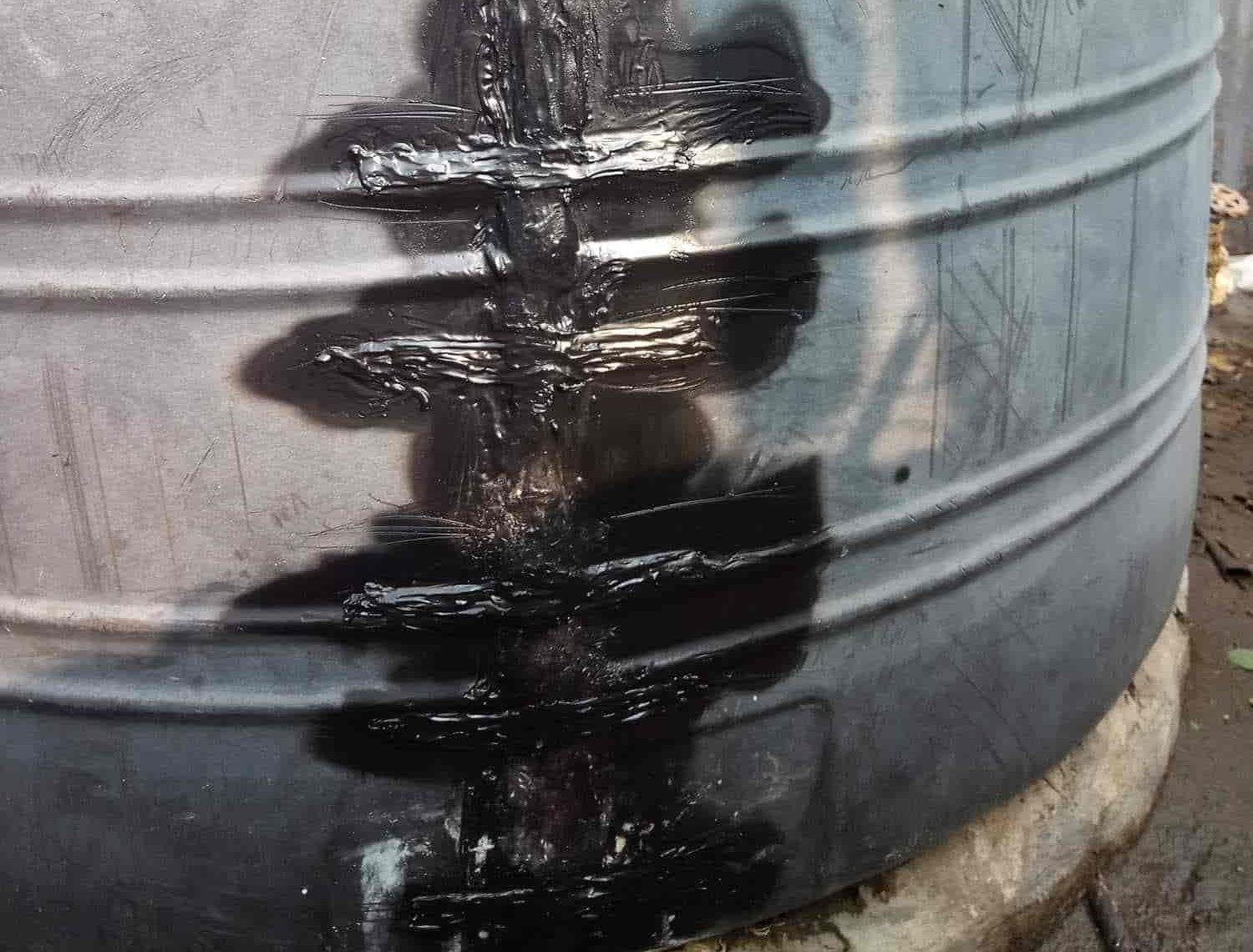
When it comes to selecting a water storage solution, the choice between stainless steel and plastic tanks is pivotal for ensuring durability, safety, and cost-effectiveness. Both materials offer unique benefits, but stainless steel tanks often present superior advantages over plastic options. This article explores why stainless steel water tanks are a preferred choice over plastic tanks, comparing their features and benefits.
Durability and Strength:
Stainless Steel Tanks:
Stainless steel tanks are renowned for their exceptional durability. Constructed from an alloy of iron, chromium, and other metals, they are highly resistant to impacts, weather conditions, and physical stresses. Their robustness makes them suitable for a wide range of environments, from industrial settings to residential use. The advantage of stainless steel tanks can endure extreme temperatures and harsh conditions without significant wear and tear.
Plastic Tanks:
Plastic tanks, while lighter and less expensive, generally lack the strength and impact resistance of stainless steel tanks. Over time, plastic can become brittle, especially when exposed to UV radiation from the sun. This brittleness can lead to cracks or leaks, compromising the integrity of the water storage system. Additionally, plastic tanks are more prone to deformation under physical stress.
Corrosion and Rust Resistance:
Stainless Steel Tanks:
One of the standout features of stainless steel tanks is their resistance to corrosion and rust. The chromium in stainless steel forms a protective layer on the surface that prevents rust from forming, even in moist or saline environments. This makes stainless steel tanks ideal for coastal areas or regions with high humidity where corrosion is a concern.
Plastic Tanks:
Plastic tanks are generally resistant to corrosion, but they can degrade over time due to exposure to UV rays and harsh environmental conditions. Although they do not rust like metal tanks, plastic can become discolored or brittle, which may lead to leaks or structural failures.
Hygiene and Water Quality:
Stainless Steel Tanks:
Stainless steel tanks are preferred for their superior hygiene. The non-porous surface of stainless steel prevents the growth of bacteria and other microorganisms. Additionally, stainless steel does not impart any taste or odor to the water, ensuring that the stored water remains clean and safe for consumption.
Plastic Tanks:
Plastic tanks, on the other hand, can harbor bacteria and other contaminants in their porous surfaces. Over time, plastic can leach chemicals into the water, potentially affecting its taste and quality. Even though many plastic tanks are treated to resist bacteria growth, maintaining high water quality can be more challenging compared to stainless steel tanks.

Maintenance and Longevity:
Stainless Steel Tanks:
Stainless steel tanks require minimal maintenance due to their resistance to corrosion and staining. A simple cleaning routine is usually sufficient to keep them in good condition. Their longevity is also a significant advantage, stainless steel tanks can last for decades without needing replacement, making them a cost-effective choice in the long run.
Plastic Tanks:
Plastic tanks typically require more frequent maintenance to address issues such as algae growth or staining. They generally have a shorter lifespan compared to stainless steel tanks, with potential issues including UV degradation and material fatigue. Replacing plastic tanks more often can add to the overall cost over time.
Environmental Impact:
Stainless Steel Tanks:
Stainless steel is a highly recyclable material, which makes stainless steel tanks a more environmentally friendly option. The recycling process does not degrade the quality of the steel, the benefit of stainless steel, and the feature of the ss water tank allowing it to be reused multiple times. This sustainability aspect is beneficial for reducing environmental impact.
Plastic Tanks:
Plastic tanks are less environmentally friendly due to the challenges associated with recycling plastic. Many types of plastic are not easily recyclable and can contribute to environmental pollution if not disposed of properly. Additionally, plastic production involves the use of fossil fuels, which has a higher environmental footprint.
Cost Considerations:
Stainless Steel Tanks:
While the initial cost of stainless steel tanks is typically higher than plastic tanks, their durability, longevity, and lower maintenance costs make them a more cost-effective solution over time. The investment in a stainless steel tank often results in long-term savings due to fewer replacements and repairs. Stainless steel water tank price is costlier than planstic tanks price.
Plastic Tanks:
Plastic tanks are more affordable upfront when compared to stainless steel price, which can be appealing for budget-conscious consumers. However, their shorter lifespan and potential maintenance issues may lead to higher costs in the long run. Regular replacements and repairs can offset the initial savings.
Conclusion:
When choosing between stainless steel and plastic water tanks, stainless steel offers significant advantages in terms of durability, corrosion resistance, hygiene, and environmental impact. Although plastic tanks may be more affordable initially, the long-term benefits of stainless steel tanks such as their strength, minimal maintenance needs, and longevity often make them the superior choice for reliable and sustainable water storage solutions.


